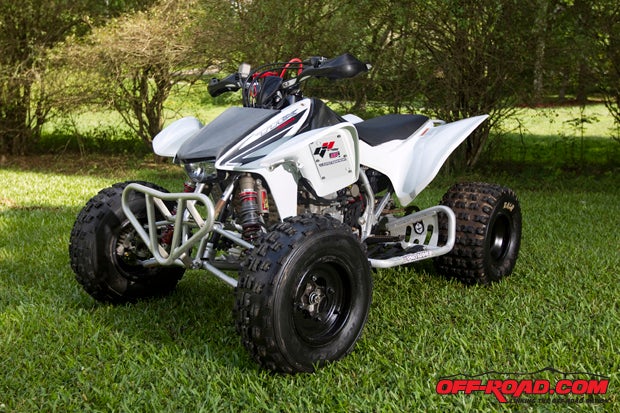
From time to time our ATV may need a fresh look to keep us excited, and there is no better way than to slap on a fresh set of graphics. The problem is that graphics can vary in patterns and shapes, which can cause many first timers headaches during the installation process. I can tell you from experience that it takes great patience and a good eye to get the proper alignment for a great looking result. Preparing for the install is also very important, so we have put together a few pointers as we installed our G-4 Graphics on our Honda TRX450R, amateur experiment quad owned by Anna Byrd. So follow along as we prep the machine and install these cool looking graphics!
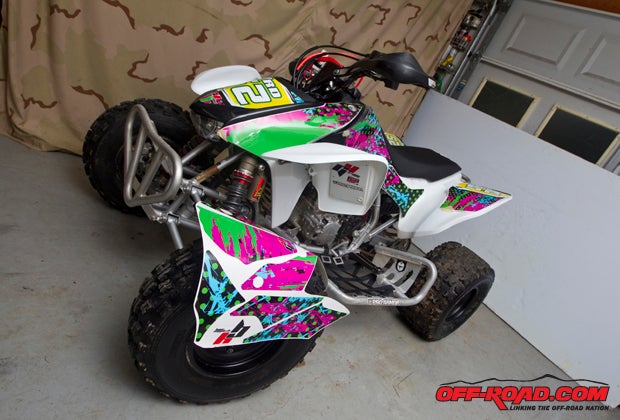
Before we even start thinking about ripping the cover from the sticky background of our decals, we need to get the plastics in shape. The 2007 TRX450R has seen many good rides in the woods and has suffered from branches and briars scraping the white plastic relentlessly. Look over the plastics for any possible gouges or feathered plastic cuts because fixing this is priority one. Using a razor blade or pocketknife to trim up these areas will make for a cleaner install. These small areas can also be gently wet sanded with a 400 or higher grit wet sand paper to smooth over the rough spots and prevent bubbles in those areas. Be sure to only sand on sections that may be covered by the decals, as you will dull the finish of the plastics.
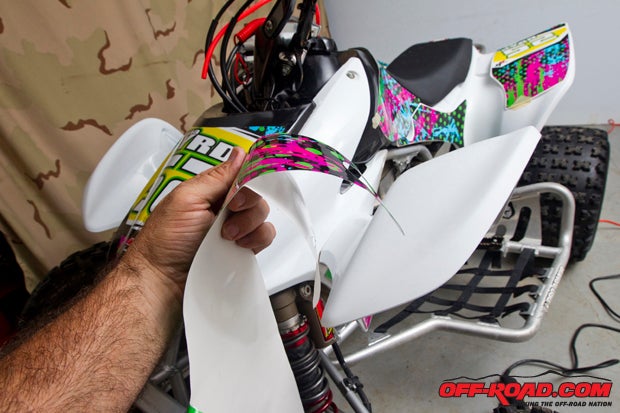
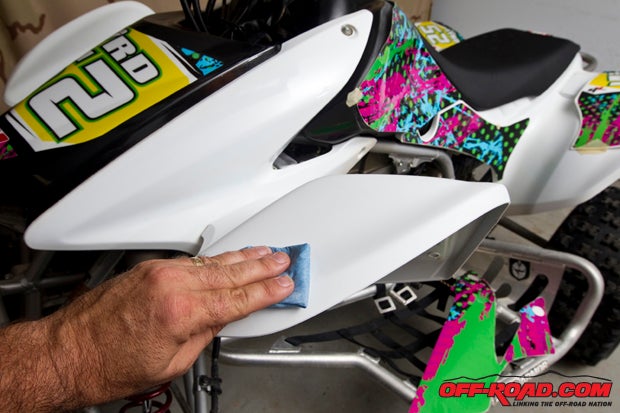
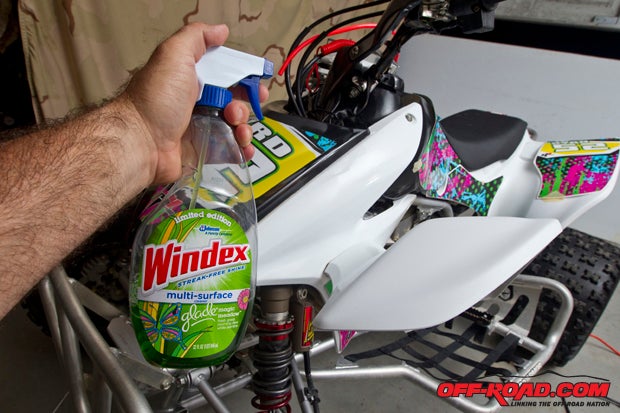
Once the rough areas are smoothed out you can then wash the plastics or wipe them down with a wet rag to get all of the debris off of the quad. Be sure to use a degreasing cleaner or soap to get rid of any oily residue from the plastics as well so the graphics have a clean surface in which to mate. You will also want to be sure and wash your hands before the installation, as oil from your fingers can prevent the decals from sticking. This is when the real fun begins.
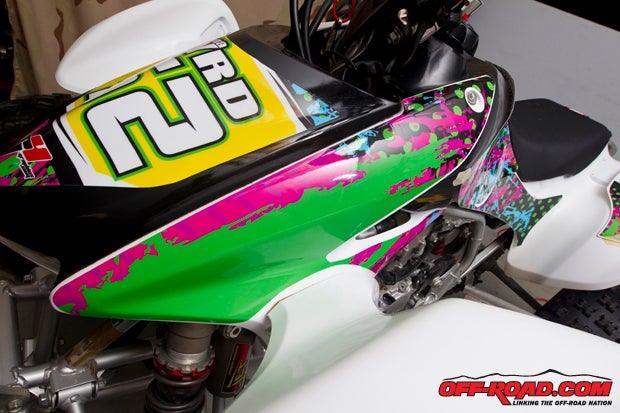
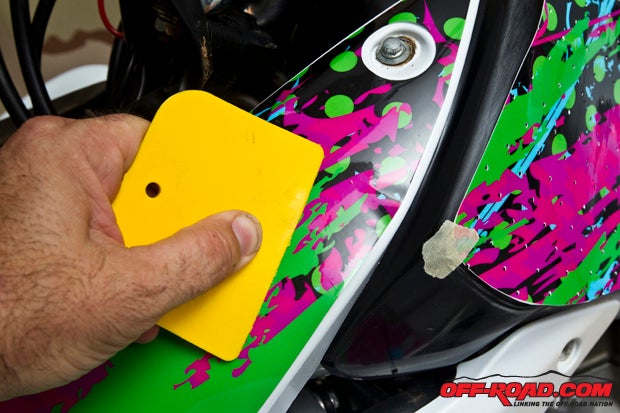
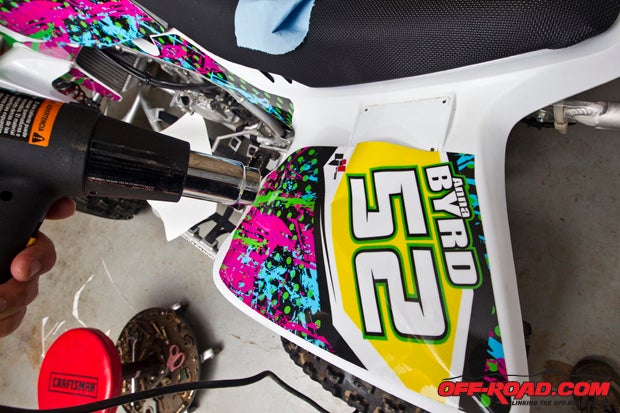
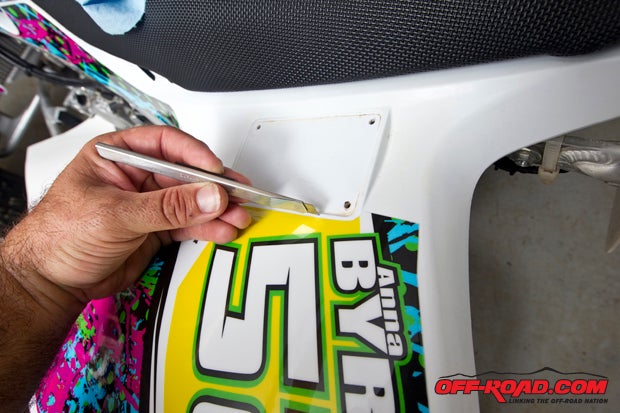

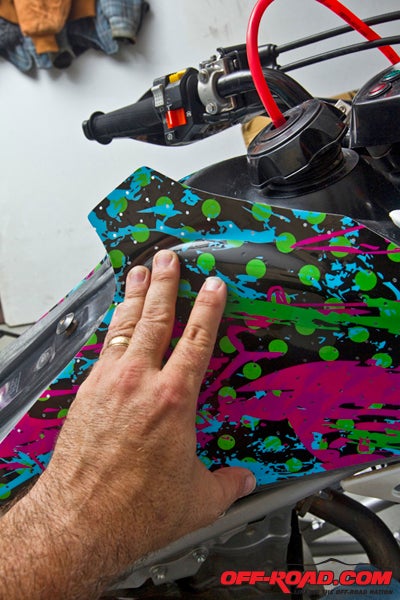
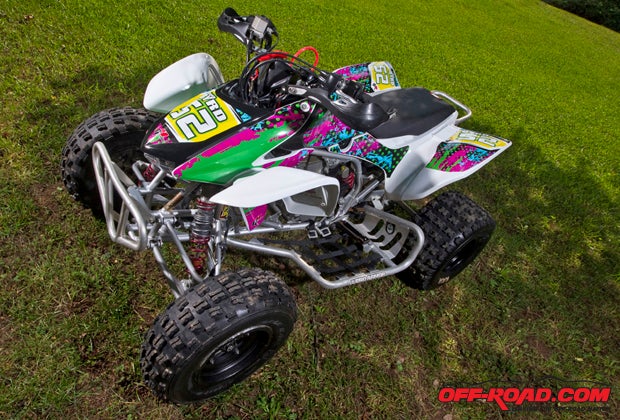
So we have a finished look that is amazing, and the G4 Graphics decals will bring a newness to our machine for at least a couple of years. The nose of our TRX450R was prepared just a little differently and we will post another short “how to” using a great new automotive product soon!


 Your Privacy Choices
Your Privacy Choices